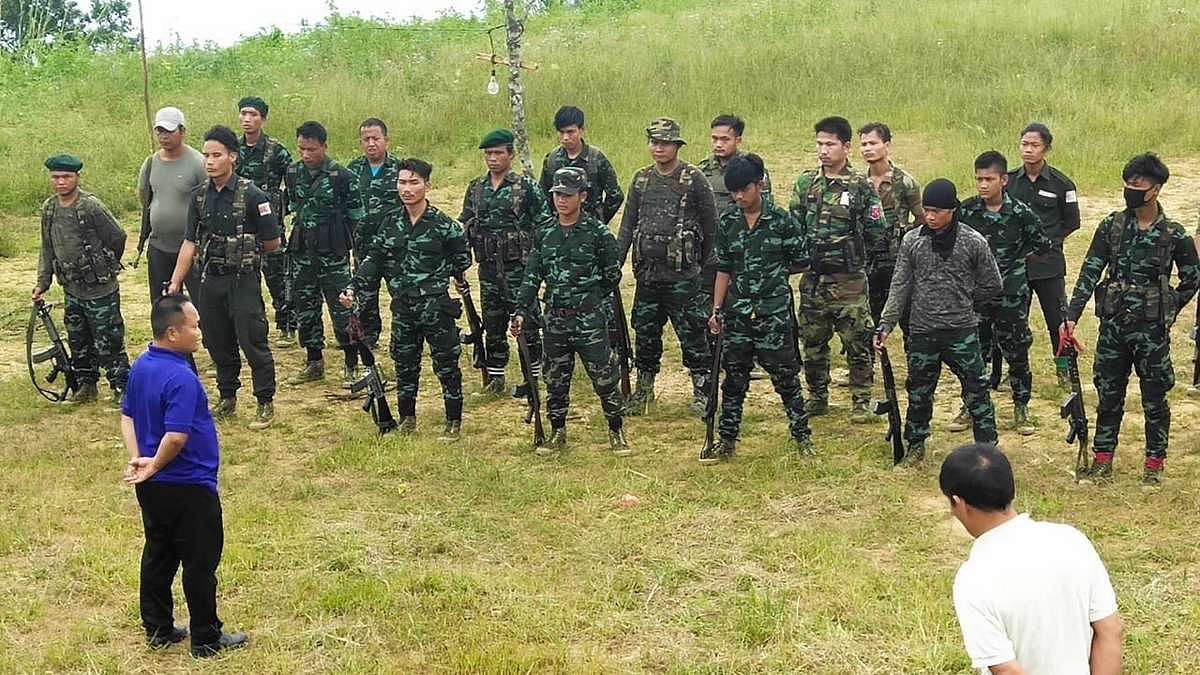The 19th session of the Commission on Genetic Resources for Food and Agriculture (CGRFA) has begun in Rome, Italy, with delegates from all over the world gathering.

What is Commission on Genetic Resources?
| Description | |
| Establishment | Established in 1983 by the FAO |
| Membership | 181 member countries including India |
| Governing Body | Bureau consisting of Chairperson, Vice-Chairpersons, and FAO representative |
| Mandate | Encourage the protection and long-term use of genetic resources for food and agriculture. |
| ITPGRFA | In charge of carrying out the International Treaty on Plant Genetic Resources for Food and Agriculture. |
| Functions | Consider plant genetic resources, animal genetic resources, and digital sequencing information. |
| Global Goals | Contributes to the achievement of SDG 2 on Zero Hunger and sustainable agricultural development. |
Areas of emphasis
- The session will cover three major topics:
- Work on biodiversity, nutrition, and human health is being reviewed.
- Food and agriculture access and benefit sharing.
- Food and agriculture benefit from digital sequencing information.
- Food and agriculture benefit from biodiversity.
- The importance of genetic resources in climate change mitigation and adaptation.
- Genetic resources from forests.
- Pollinators and biological control agents are examples of microorganism and invertebrate genetic resources.
- Genetic resources from animals
Source: https://www.downtoearth.org.in/news/wildlife-biodiversity/genetic-resources-commission-gathers-in-rome-to-deliberate-on-biodiversity-nutrition-human-health-90700








